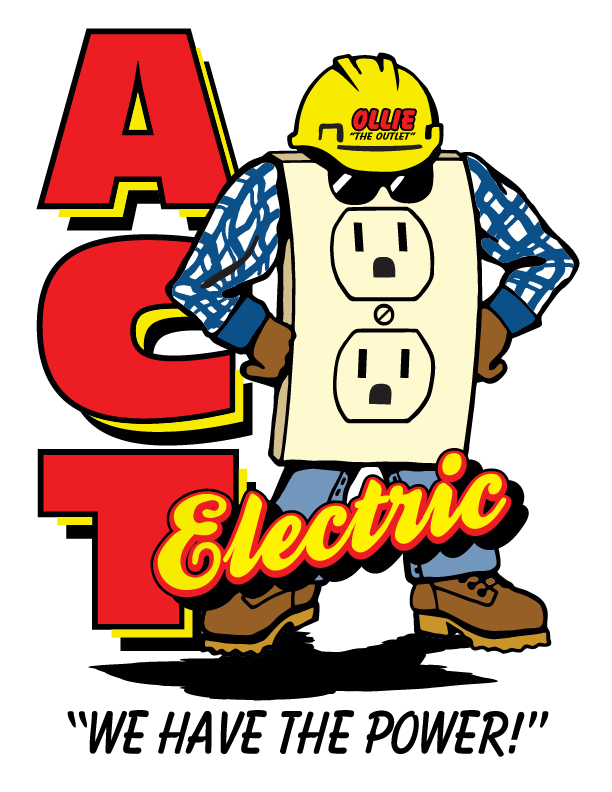The Future of Lighting Technology
Future lighting systems will seek to copy the body's natural cycle by varying the light intensity depending on the day.
Lighting technology has experienced changes for the better, making it possible to use energy without wastage and reducing bills and the amount of pollution. However, it can get better as technology keeps advancing.
Let's explore the future of lighting:
Understanding the history of lighting
The earliest light sources consisted of shells or hollowed stones and absorbent material dipped in animal fat that could burn. Later, Egyptians introduced ceramic lamps filled with oil to produce a constant flame. Candles made of beeswax and animal fat also emerged in the Middle Ages.
In the 1850s, Heinrich Göbel invented the first primitive bulb of charred bamboo fiber. Later, Thomas Edison made an incandescent light bulb, which became dominant in the 20th century.
What followed was more energy-efficient fluorescent incandescent bulbs. In the 1960s, light-emitting diodes (LEDs), initially used in electronics, became the new light source. Their ability to save energy and stand the test of time has made them relevant today. However, there are expectations that lighting will get even better in the future.
What does the future of lighting hold?
Although LEDs are reliable, they will become so versatile that users can customize them for specific functions and designs. New lighting technology, such as organic light-emitting diodes (OLEDs), will become an alternative to LEDs. Instead of using a tube or a bulb, OLEDs emit light from a flexible thin film, allowing for more creative designs and energy efficiency.
Organisms such as fireflies, fungi, bacteria, and some sea creatures will benefit the lighting industry. The light they emit through their metabolic processes will be harvested, providing a natural source of light that doesn't emit carbon or heat.
Light plays a part in regulating the human sleep and wake cycle. Future lighting systems will seek to copy the body's natural cycle by varying the light intensity depending on the day. Such systems will gradually change from cool white colors in the morning to increase alertness to warmer lights in the evening to relax the body.
Although smart lighting has been around for a while now, it's likely to dominate everywhere. These lighting systems connect smart bulbs and switches with sensors, allowing people to control the light remotely using their smartphones, voice commands, and apps. These systems will likely collect data to provide customized lighting for commercial and residential uses.
The future looks much brighter
There are exciting developments on the horizon for lighting systems. The overall goal for these enhancements is to make lighting more convenient for human use without harming the environment. Property owners who have yet to embrace the existing trends should contact a professional for an upgrade.
The qualified electricians at ACT Electric perform quality lighting, wiring, home generators, landscape and security lighting, and new home wiring jobs. We are a 24-hour emergency electrician to cater to all your needs any time of the day or night. call at (480) 986-1722.

